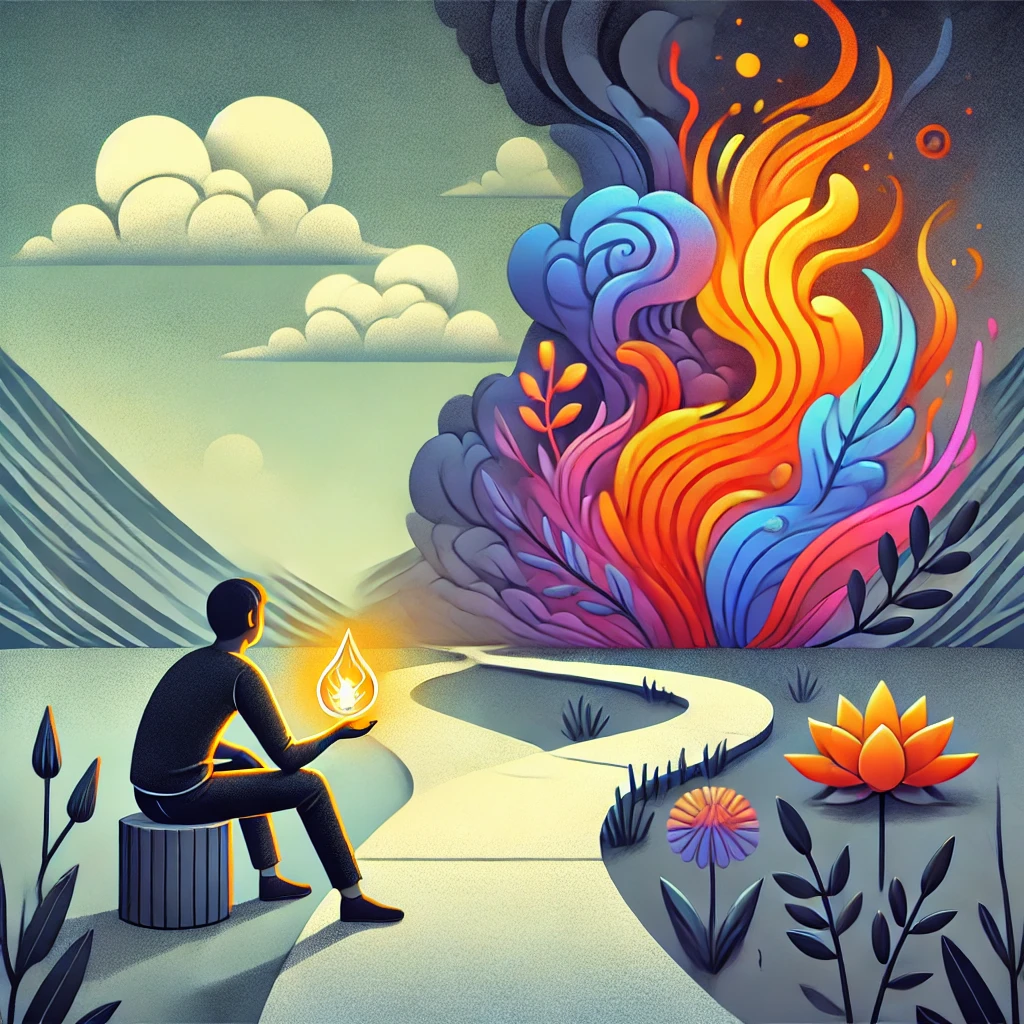Transpersonal interpretations of the eight basic emotions can be explored through various lenses, including narrative education, collective psychological contexts, and integrative psychological frameworks. The concept of transpersonal psychology emphasizes the interconnectedness of individual experiences and broader emotional landscapes, which can be particularly useful in understanding how basic emotions manifest and are experienced in different contexts.
Narrative education, as highlighted by Zhou, plays a crucial role in fostering empathic competence among nursing students. By engaging with stories and experiences, students develop a deeper psychological empathy and transpersonal awareness, which enhances their ability to connect with patients emotionally (Zhou, 2023). This approach aligns with the idea that emotions are not merely individual experiences but are influenced by collective psychological contexts, as discussed by Graaf, who posits that emotions should be viewed as transpersonal investments shaped by social and cultural environments (Graaf, 2015). This perspective underscores the importance of understanding emotions within a broader relational framework, which is essential for comprehending the nuances of the eight basic emotions.
Moreover, the integration of transpersonal psychology with phenomenological methods, as explored by Mihalache, offers a rich avenue for understanding emotional experiences. Heuristic inquiry, which emphasizes personal experience and transformation, aligns closely with transpersonal research methods, allowing for a deeper exploration of how emotions are experienced and expressed (Mihalache, 2019). This integration suggests that the basic emotions can be better understood through a transpersonal lens that considers both individual and collective experiences.
The role of altered states of consciousness in emotional processing is also significant. Gasser et al. discuss how experiences such as LSD-assisted psychotherapy can lead to profound shifts in emotional perspectives, allowing individuals to transcend ego-centric views and engage with their emotions in a more expansive manner (Gasser et al., 2014). This aligns with the broader transpersonal framework that emphasizes the potential for personal transformation through altered emotional states.
Additionally, the work of Friedman highlights the importance of developing middle-range transpersonal theories that can empirically inform our understanding of emotions like awe and self-expansiveness, which are relevant to the basic emotions (Friedman, 2015). This empirical approach can help bridge the gap between subjective emotional experiences and scientific inquiry, fostering a more comprehensive understanding of how basic emotions function within a transpersonal context.
The exploration of transpersonal interpretations of the eight basic emotions reveals a complex interplay between individual experiences and broader social and cultural influences. By integrating narrative education, phenomenological methods, and empirical research, we can expect to gain a more nuanced understanding of how these emotions are experienced and expressed in different contexts.
References
Friedman, H. L. (2015). Further Developing Transpersonal Psychology as a Science: Building and Testing Middle-Range Transpersonal Theories. International Journal of Transpersonal Studies, 34(1–2), 55–64. https://doi.org/10.24972/ijts.2015.34.1-2.55
Gasser, P., Kirchner, K., & Passie, T. (2014). LSD-assisted Psychotherapy for Anxiety Associated With a Life-Threatening Disease: A Qualitative Study of Acute and Sustained Subjective Effects. Journal of Psychopharmacology, 29(1), 57–68. https://doi.org/10.1177/0269881114555249
Graaf, P. v. d. (2015). Feeling at Home and Habitus: How Space Matters for Emotions. 19–39. https://doi.org/10.1007/978-3-658-01654-8_2
Mihalache, G. (2019). Heuristic Inquiry: Differentiated From Descriptive Phenomenology and Aligned With Transpersonal Research Methods. The Humanistic Psychologist, 47(2), 136–157. https://doi.org/10.1037/hum0000125
Zhou, Z.-Y. (2023). Narrative Education Combined With Experiential Teaching in the Development of Empathic Competence of Undergraduate Nursing Students: Pre-Test Post-Test Design. Sage Open, 13(3). https://doi.org/10.1177/21582440231193948


